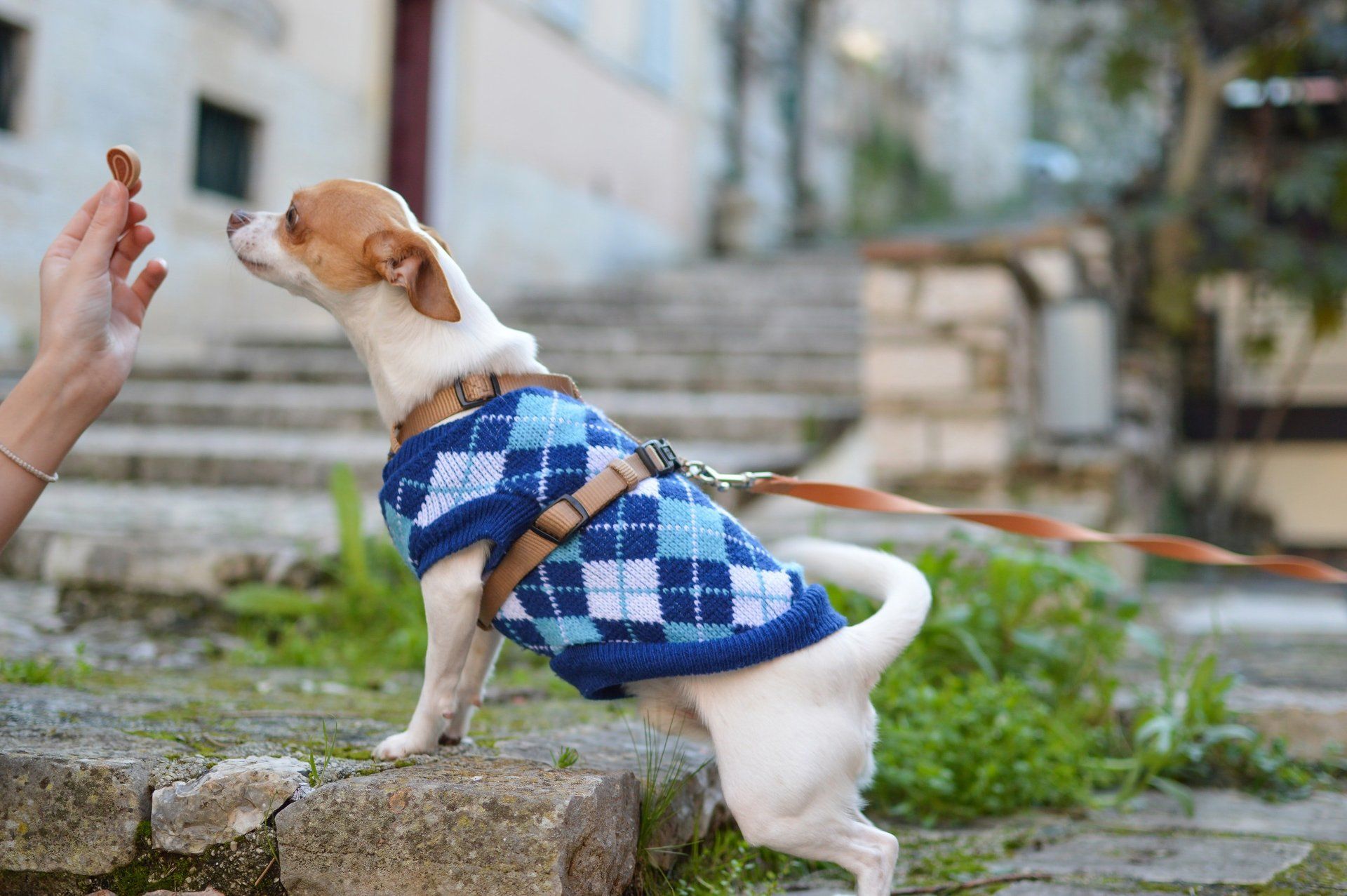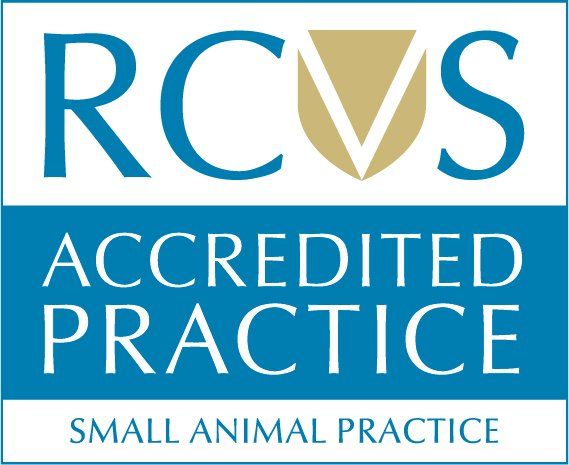Blog Post
Lumps and bumps on my pet! Should I be worried?
Simon Wilkins • Aug 28, 2018
Advice on lumps and bumps from Jurassic Vets
Are you worrying about a lump on your pet that didn’t seem to be there before? Finding a lump on your pet is a natural cause of concern for owners. It can be caused by infections or even cancers but most lumps that appear on our pets are benign. Here is a short guide to how we at Jurassic Vets can find out what a lump is, and how we can treat the lump if needed. Every pet is an individual, and your vet at Jurassic Vets will help you to decide what is right for you and your pet.
What could it be?
Many different diseases can appear as lumps on, in, or beneath the skin. Tumours are well known but lumps can also be caused by abscesses (pockets of infection), cysts (pockets of fluid), inflammation, allergic reactions, foreign bodies (like grass seeds) or can be benign (harmless) growths like fatty lumps or warts.
How can we find out what it is?
At Jurassic Vets we strongly support 'evidence based medicine' and believe that the best care for pets can only happen if we can be certain of what the diagnosis is. Some lumps such as warts can be identified with a reasonable degree of certainty just by looking and feeling them, but many will need more investigation to be certain.
Our most common means of investigating a lump is a Fine Needle Aspirate (FNA). This involves using a normal injection needle to extract cells from the lump and then send these to the lab. Most pets will tolerate this very well, some patients that are very nervous or have a lump in an awkward location (such as the face or feet) may need an anaesthetic for this.
Our samples are sent to one of the UK's leading specialist veterinary labs, based at Exeter University. Results often provide a good idea of what the lump is, however sometimes further investigations will be required such as a repeat FNA or a bigger sample, in the form of a surgical biopsy under general anaesthetic. During your appointment to discuss the lump our Vets will conduct a full clinical exam of your pet as there might be another clue elsewhere that helps us understand what the lump is, or provide an indication to a problem that needs treatment. This is one reason why we are proud to offer longer consultation than most other practices. The recommended treatment will depend on the identity of the lump -many will need no treatment, while others can be treated accordingly.
Can the lump be removed without identifying it?
Removing the lump without identifying it is possible, but not usually advisable - some tumours may infiltrate outwards and without understanding whether the lump is a tumour, or what type of tumour it is impossible to decide whether removal is actually needed, or to plan the right type of surgery.
The nastiest tumour will require a large margin of skin to be removed as well as the tumour. Without knowing what the lump is, we risk taking an inadequate margin and leaving bits of tumour behind – or alternatively, taking a much bigger margin of skin than is needed if the lump is in fact benign, meaning a longer and more major surgery. However, exceptions may be made if a lump is already causing problems, such as bleeding or ulceration.
Can we just monitor it?
Your vet will be able to give you an idea of how concerned they are about the lump, but might not be able to identify it for certain without taking sample. If your vet thinks a lump is unlikely to be harmful. then monitoring it might be a reasonable choice. Taking a photograph and keeping note of the size and position of the lump will help you to decide if it is growing or changing in future (describing its size in comparison to food items like a pea or a grape can be a good way to record it!)
What if it's a cancer?
Cancer is a name for a tumour that has started to spread, either locally by growing into surrounding tissues like tree roots (which we call infiltration), or to distant places in the body like seeds (which we call metastasis). Tumour can often be stopped from spreading if we can catch them early enough- this is one of the main reasons that we prefer to see pets as soon as a lump appears.
Lump removal surgery
Surgery is usually the best way to remove a lump and this can be carried out in our operating theater undergeneral anaesthetic. Tumour removals are prioritised and can usually be booked in within days of identifying the lump. If the tumour has spread then treatment may still be possible – your vet will advise you about this. Your vet may want to run tests such as a blood sample, Xrays or an ultrasound scan to check that there are no signs of the lump having spread too far before carrying out the operation.
If you wish to make an appointment to discuss your pets lump or if you have concerns regarding anaesthetising your pet you can call us
or pop in
and our team will be happy to help.
Jurassic Vets
Share
Tweet
Share
Mail
JURASSIC VETS SIDMOUTH
01395 208620
contact@jurassicvets.com
12 Woolbrook Road
Sidmouth, EX10 9UU
OPENING HOURS
- Mon - Fri
- -
- Saturday
- -
- Sunday
- Closed
JURASSIC VETS COLYTON
01297 613000
contact@jurassicvets.com
Town Mill,Rosemary Lane
Colyton, EX24 6LS
OPENING HOURS
- Mon, Fri
- -
- Tue - Thu
- -
- Sat - Sun
- Closed
Jurassic Vets Limited - registered in England and Wales | Company Registration Number 12993183 | Registered Office: 12 Woolbrook Road, Sidmouth, Devon, EX10 9UU





